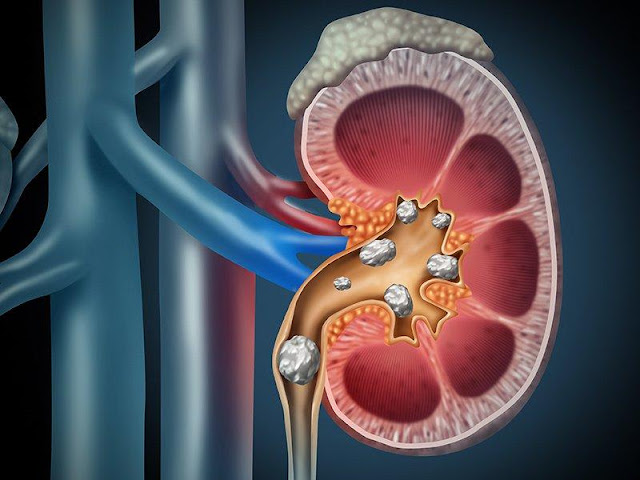Organic farming: reduce the environmental impact and promote sustainability

Pesticide use, soil erosion, and nitrate leaching into groundwater are all reduced by organic farming. Animal waste is also recycled there. The primary drawback is that yields are lower than in traditional agriculture, but certain farm practices can help to close the productivity gap. For instance, timely weed control can boost the yields of organic corn and soybeans. Since it doesn't require using a lot of chemicals or water, it is more effective at increasing yields. Additionally, it improves soil fertility, which reduces pollution. The environment and human health are both benefited from these farming techniques. They cut back on the use of synthetic fertilizers and pesticides. Additionally, organic farmers use plants that naturally ward off pests and grow a wider variety of crops. They do not need to use strong inputs like sulfur as a result. In actuality, these methods support biodiversity, which helps control cropping systems. For instance, some organic farmers use legu




%20Devices.jpg)